This part of my series of posts on conference presentations, that I have filmed. This is another one from the TAG conference:
Session Info
The concept of therapeutic landscapes was developed by Wil Gesler in the early 1990s, building on contemporary theory in the field of cultural ecology. It has since expanded to become a key concept in health geography applicable at a range of scales. But whether natural, designed, or symbolic, places connected with healing the body and soul have been recognized and studied for much longer. Routes of pilgrimage, destinations for health-giving visits, facilities for ‘taking the waters’, hospitals, and gardens surrounding asylums and institutions, have all been instrumental in formalizing relationships between place, space, and well-being that have been promoted and applied in many different ways and with varying degrees of real or perceived success. This session will consider archaeological and heritage dimensions of therapeutic landscapes, asking what can be learnt from the study of existing sites and whether there is a role for developing new ones appropriate for the needs of the 21st century. Contributions are invited in relation to three main themes. First, studies of recognized therapeutic landscapes through historical or archaeological investigations that enrich understandings of their construction and use. Second, case-studies of recent or ongoing projects that make use of archaeological sites or heritage resources to promote physical or mental well-being amongst defined participant communities. And third, analyses of the philosophical and theoretical frameworks appropriate to the study of archaeology and heritage in relation to health and well-being.
Organisers: Timothy Darvill (Bournemouth University) and Laura Drysdale (The Restoration Trust)
Walking with Intent: Culture therapy in historic landscapes
https://youtu.be/zHGGOWergik
The Restoration Trust supports people to engage with heritage, art, and culture so that their mental health improves. This paper will review our current projects in the historic landscape, including Human Henge and Burgh Castle Alamanac, and will place them in the context of contemporary culture, health, and well-being practice. It will attempt to describe what is distinctively therapeutic about facilitated group experiences that combine learning, creativity, and walking in historic landscapes.
Laura Drysdale (The Restoration Trust)
Therapeutic Landscapes of Prehistory: Exploring the therapeutic value and potential of prehistoric landscapes for the present day
https://youtu.be/u7SV7E01P_g
In recent years heritage professionals and researchers in the UK have been called on increasingly to evidence the social value of the historic environment in terms of its impact on well-being (English Heritage 2014; Crossick and Kaszynska 2016). Previous research in this area has successfully demonstrated the well-being effects of heritage participation, particularly with regard to the promotion of social and human capital. However, proving somewhat more difficult to capture, the intrinsic value of the historic environment and its influence on individual well-being remains less well-understood. This paper examines these issues through a review of qualitative fieldwork recently undertaken in the Stonehenge and Avebury World Heritage Site and the Vale of Pewsey, Wiltshire, in order to further explore how individuals experience, interpret, and value these prehistoric landscapes, and how this knowledge can support the development of the historic environment as a therapeutic resource for others in the future. Drawing on preliminary results from semi-structured interviews with local residents, and reflective workshops with student and community groups, this paper considers some of the unique and fundamental ways in which the historic environment affects personal well-being.
Claire Nolan (University of Reading)
‘Heaven Is a Place Where Nothing Ever Happens’: Exploring heritage and well-being in a rapidly evolving seaside town
https://youtu.be/rJJIJpdZ8pw
Illuminated in Folkestone’s Creative Quarter stands the text-sculpture ‘Heaven is a place where nothing ever happens’, encapsulating, some commentators note, the ennui of seaside towns. The words, however, are deceptive – Folkestone is changing rapidly, partly fuelled by funding to regenerate through the arts. Whilst many are embracing this surge of creative development, others are experiencing alienation. In July we ran a ten-day community survey at the church/churchyard of St Mary and St Eanswythe in the heart of historic Folkestone, a key aim being to explore the role of small-scale heritage projects in promoting participant well-being, principally military veterans in this case. As we will discuss, the experience and outcomes were revealing, and at times unexpected. Immersing – not imposing – ourselves in the daily life of the site also provided a platform for communication with the many individuals and groups who have taken ownership over it, some of whom are experiencing significant social challenges. It gradually became clear that we were not creating a therapeutic landscape through our activities, it already existed – although not without some conflict. Sudden change can be emotionally destabilising, but the nature of sites such as these – their permanency – offer familiarity and stability amidst a rapidly evolving landscape.
Ellie Williams (Canterbury Christ Church University), Lesley Hardy (Canterbury Christ Church University) and Diarmaid Walshe (Forces Archaeological and Heritage Association)
Messing About on the River: Volunteering and well-being on the Thames Foreshore
https://youtu.be/1FdC0PCkEC8
Is volunteering in archaeology good for you? What impact does visiting the Thames foreshore have on people’s reported well-being? How important is considering the sense of place and emotional attachment when working with volunteers? Thames Discovery Programme has been running for 9 years, and has trained over 675 volunteers as FROG members to monitor and record archaeology on the Thames foreshore. Drawing on recent work around volunteering, well-being, and emotional labour, I will examine how spending time in the historic landscape of the Thames foreshore is a key motivation for Thames Discovery Programme volunteers. The link between volunteering and a higher sense of well-being is increasingly being recognised and has now started to influence policy and practice through the development of models such as social prescribing in the NHS. This creates potential for new ways of working and opportunities for involvement in archaeology. I will use our experiences at Thames Discovery Programme to explore how considering people’s well-being in historic landscapes can influence our volunteer management practices and the possibility of new ways to work with communities.
Helen Johnston (Thames Discovery Programme, Museum of London Archaeology)
The Roman Baths: A place of recovery
https://youtu.be/evZceroOlvQ
It is perhaps a coincidence that the site chosen to trial a programme of work called ‘Recovery Through Heritage’ was a Roman Bathhouse, in that it not only provides a convenient archaeological case study to explore ideas of historical well-being but also demonstrates the benefits of archaeology to help in recovery work. Working in partnership with Phoenix Futures, a charity that supports people with alcohol and drug problems, the HLF and HES supported Clyde and Avon Valley Landscape Partnership heritage program (CAVLP Heritage) delivered by Northlight Heritage, has piloted a program that has worked with service users to design a heritage trail, enhance archaeological sites, focusing on the Roman Bathhouse at Strathclyde Park, and help out on archaeological digs. This program has resulted in a number of outputs and outcomes and has been beneficial for the archaeology, service users, the wider community, and ourselves as practitioners. This paper will outline the ways that the ‘Recovery through Heritage’ programme was developed, the archaeological and recovery outcomes achieved, the problems and challenges that have been encountered, and how they have been overcome.
Paul Murtagh (Northlight Heritage)
Archaeology and Mental Health: War Memorials Survey – Ceredigion
https://youtu.be/Uow1FIj92yM
Inspired by projects including Operation Nightingale and The Past in Mind, Mind Aberystwyth has been offering their members the opportunity to work on a survey of the war memorials of Ceredigion. The purpose of the project was twofold: we photographed, measured, and recorded details of memorials so that, should they be damaged or destroyed, they could be reconstructed; we also intended that participation would benefit mental health service users by promoting well-being and supporting recovery. In this paper I shall describe the conduct of the project and present data indicating its effectiveness.
William Rathouse (Mind Aberystwyth)
Environment, Nature, Nurture: The site of St. Wulstan’s Hospital, Malvern Wells, Worcestershire, 1943-present
https://youtu.be/2VrGe1qupUo
In this paper, we discuss the important role of the senses in creating a healing environment. Using a case study of the gardens at the former psychiatric hospital at St Wulstan’s, we discuss how elements of the preceding landscape were used, with traditional horticulture techniques, to create gardens, orchards, and vegetable plots that would provide an interesting and vibrant setting for both staff and patients. The gardens also played a role in training patients for work, and providing food for the hospital and an income from sales of fruit and vegetables to the local community. The hospital began life as a US army hospital in 1943 and eventually became a long stay psychiatric hospital from 1961-1986. Under its Medical Superintendent, Dr Roger Morgan, it was an internationally recognised pioneer in rehabilitation and training and the return of patients to society. It had an average discharge rate of 50% whereas many hospitals could only manage around 5% (Ward 2009). After closure the site was split and part was used for a housing development whilst the majority was converted into a nature reserve. Whilst no hospital buildings remain, ornamental trees, shrubs, and avenues still exist, and allow a reconstruction of the grounds which contributes to an understanding of this therapeutic landscape.
Andrew Hoaen (University of Worcester) and Bob Ruffle (University of Worcester)
Human Henge: Stonehenge as a healing environment in the 21st century
https://youtu.be/3hAF0OmcRho
Mental health is a fundamental aspect of well-being, yet 1 in 4 people experience a mental health issue at some point in their life. Despite this, there is evidence that people living with mental illness can become isolated due to stigma. Historical sites such as Stonehenge are known to have been associated with healing in the past and there is an increasing interest in the impact of history and heritage in supporting and restoring mental wellbeing. This presentation reports upon a collaborative project funded by Heritage Lottery in which 24 people living with mental illness were involved in an innovative, creative ‘Human Henge’ programme over a period of 10 weeks at Stonehenge and the surrounding landscape. This paper presents initial findings from the mixed method evaluation that ran alongside the programme, examining the impact of Human Henge upon individual’s metal health. Data was collected via surveys (incorporating the Warwick Edinburgh Mental Well-being Scale) as well as qualitative methods (focus groups and personal reflections). The presentation will explore both quantitative and qualitative findings to date focussed upon four themes (Feeling Special, Challenging Myself, Being Human, Impact upon Mental Health & Well-being and Fear for the Future).
Vanessa Heaslip (Bournemouth University)
Museums and Middle Eastern Communities: Promoting well-being, memory and creative practice
https://youtu.be/ALfkQihu_GU
This paper will present the experiences and responses to the AHRC-funded ‘Remembering the Romans in the Middle East and North Africa’ (RetRo) project. The RetRo project took place in 2016 and was a collaboration between myself, the Petrie Museum (London), the Great North Museum (Newcastle) and three creative practitioners: Sarah Ekdawi (creative writing), Miranda Creswell (drawing), and Rory Carnegie (photography). A central aim of the project was to provide opportunities for members of the Middle Eastern and North African communities currently living in the UK to reengage with their heritage that has come under increasing attack. As a member of one of those communities with first-hand experience of the trauma being faced, I wanted to provide informal and safe spaces where people could come together to create new memories of their heritage by regaining a sense of ownership and developing new friendships with museum objects through creative writing, drawing, and photography. In this paper, I will share some of the successes and challenges faced by the project, highlighting what worked and what lessons could be learnt for future projects. As part of this, I will discuss how participants feel this project has influenced their outlook and experience one year on.
Zena Kamash (Royal Holloway)

 Art by Bjorn Okholm
Art by Bjorn Okholm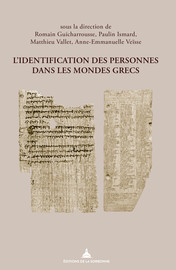
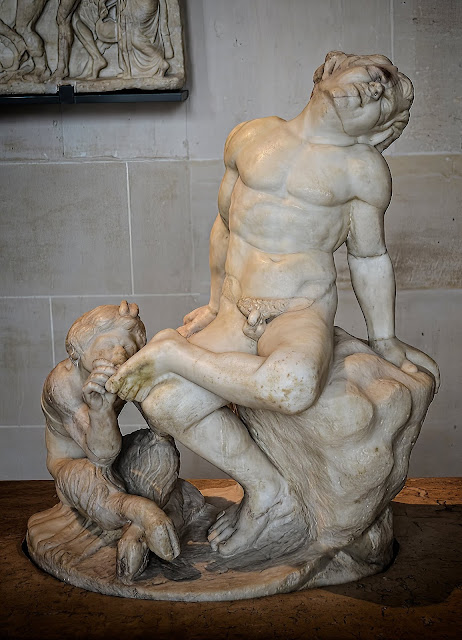

 If you've finished visiting all the sites in my Virtual Southeast Asian Archaeology list, here are a couple new additions: tours of the National Museum in Bangkok and the Sangiran Museum in Central Java.
If you've finished visiting all the sites in my Virtual Southeast Asian Archaeology list, here are a couple new additions: tours of the National Museum in Bangkok and the Sangiran Museum in Central Java. via Cen.com.kh, 02 April 2020 - Article in Khmer about the excavations at Ak Yum temple, one of the oldest temples in the Siem Reap area.
via Cen.com.kh, 02 April 2020 - Article in Khmer about the excavations at Ak Yum temple, one of the oldest temples in the Siem Reap area. via Khmer Times, 04 April 2020: Repatriation of two Khmer statues to Cambodia.
via Khmer Times, 04 April 2020: Repatriation of two Khmer statues to Cambodia.

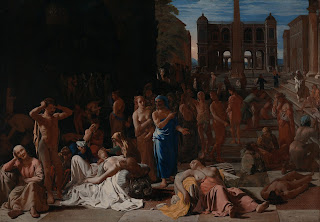


































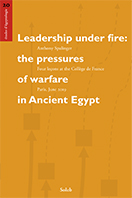
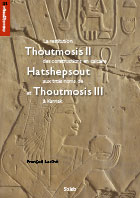
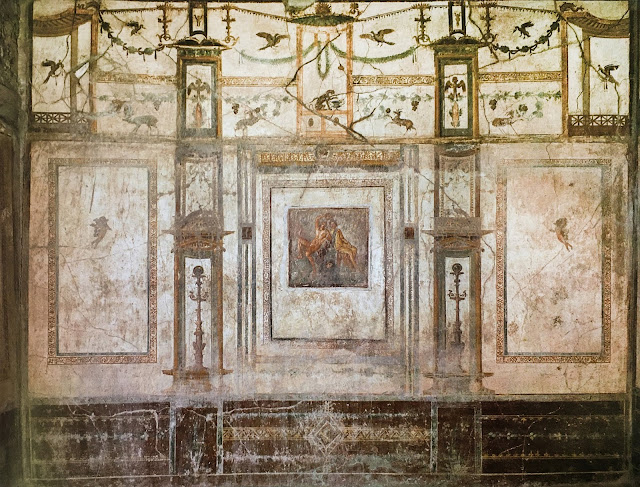
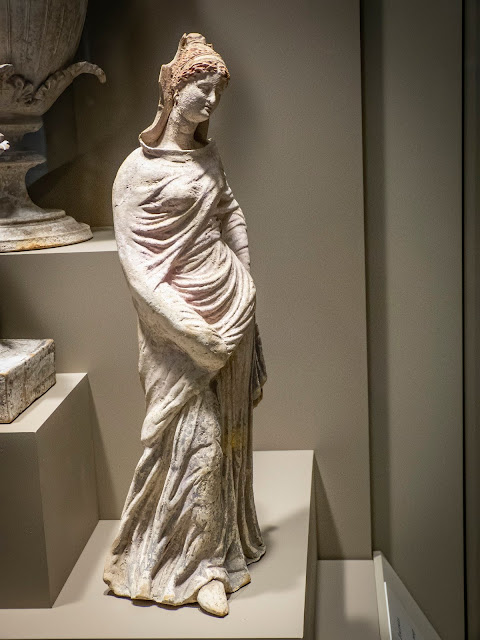


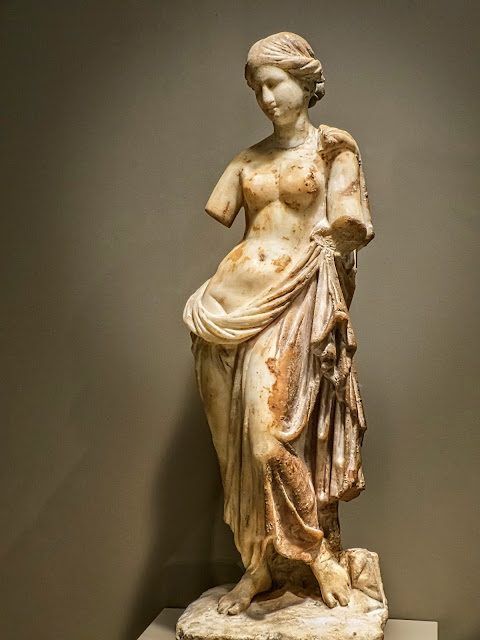

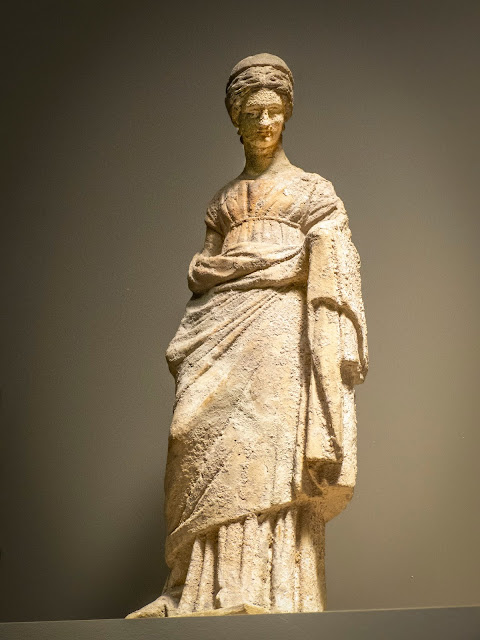
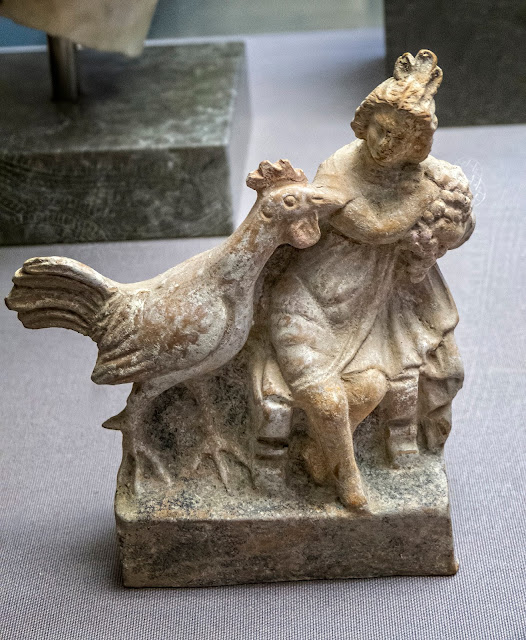
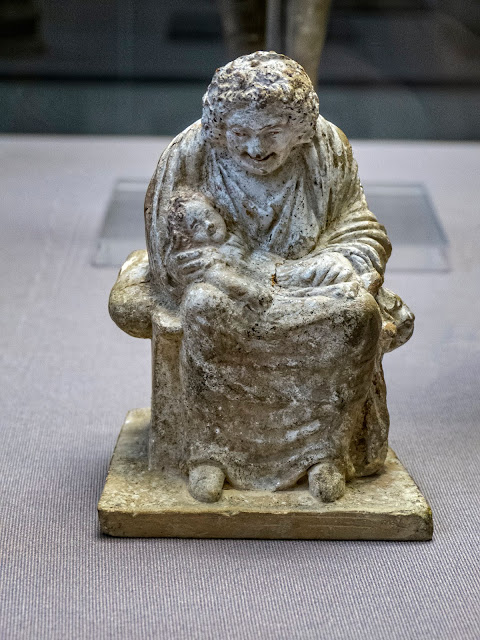
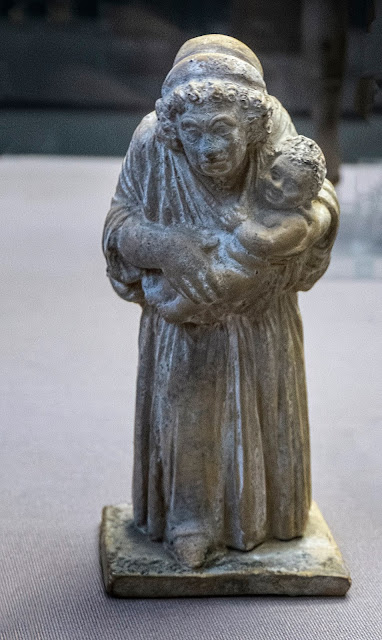
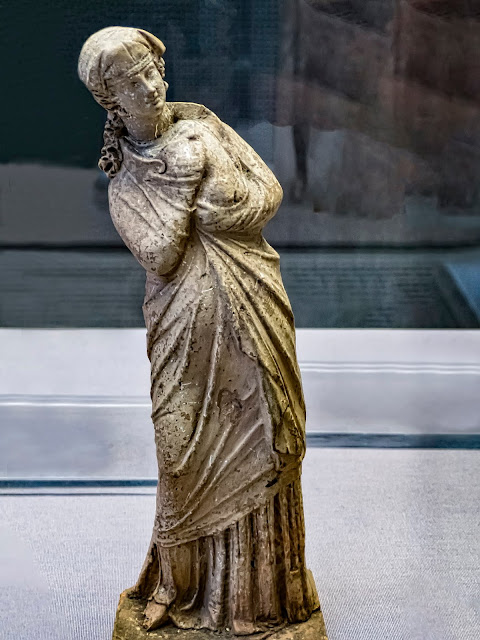
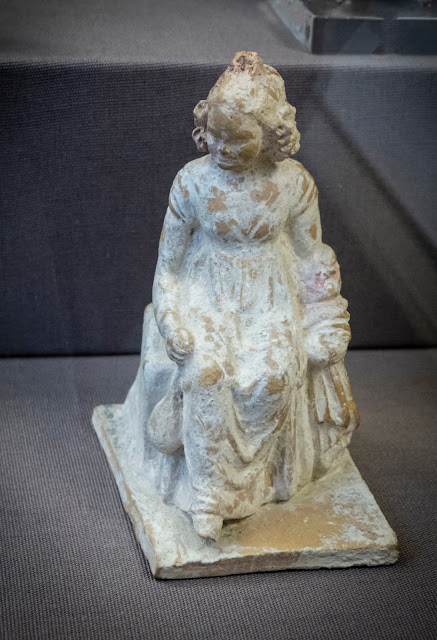


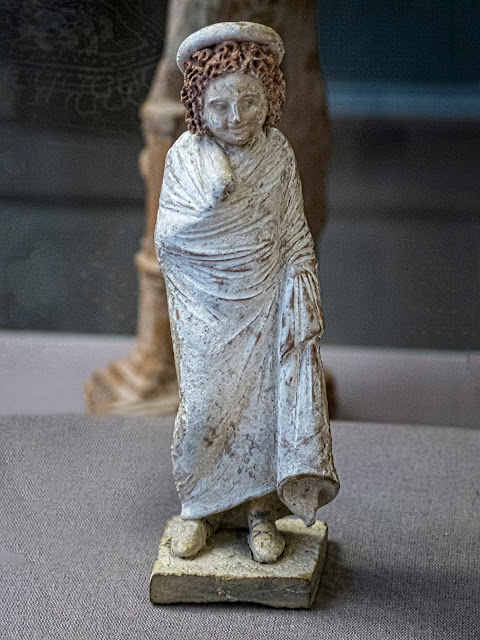


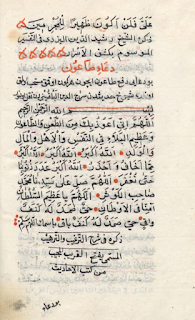


 BRISBANE, AUSTRALIA—According to a statement released by
BRISBANE, AUSTRALIA—According to a statement released by 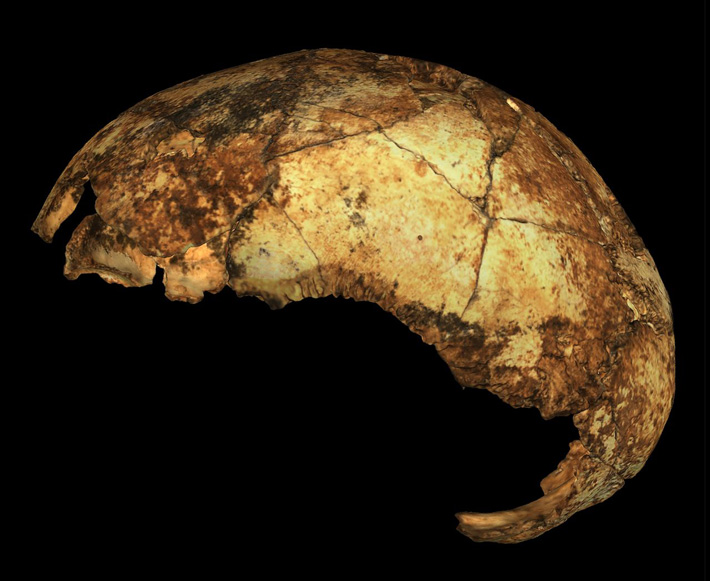 JOHANNESBURG, SOUTH AFRICA—
JOHANNESBURG, SOUTH AFRICA—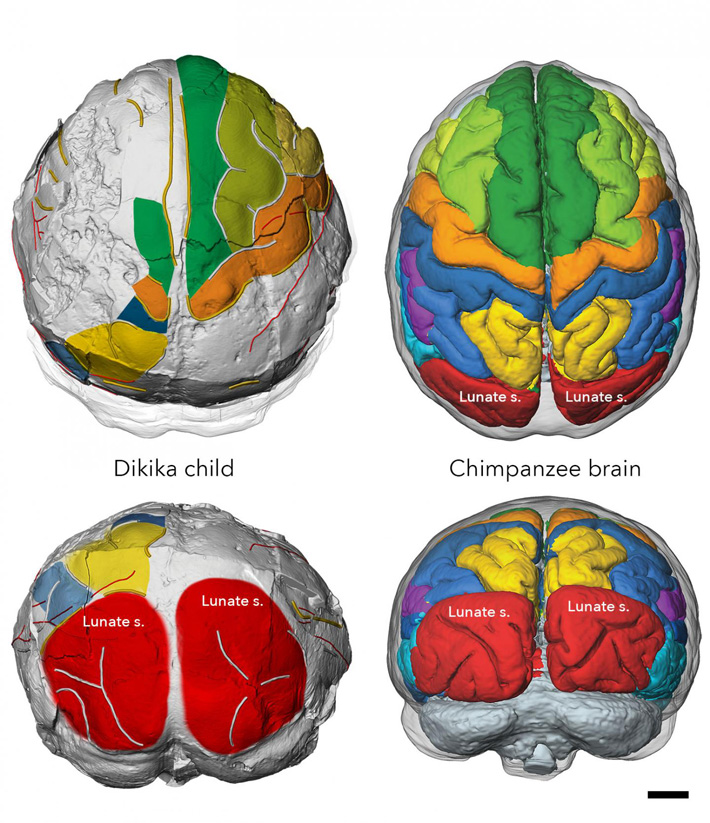 CHICAGO, ILLINOIS—A new study of fossils from Ethiopia suggests that more than three million years ago, Australopithecus afarensis children needed care for an extended period of time, according to a
CHICAGO, ILLINOIS—A new study of fossils from Ethiopia suggests that more than three million years ago, Australopithecus afarensis children needed care for an extended period of time, according to a 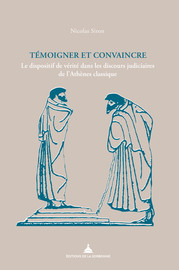











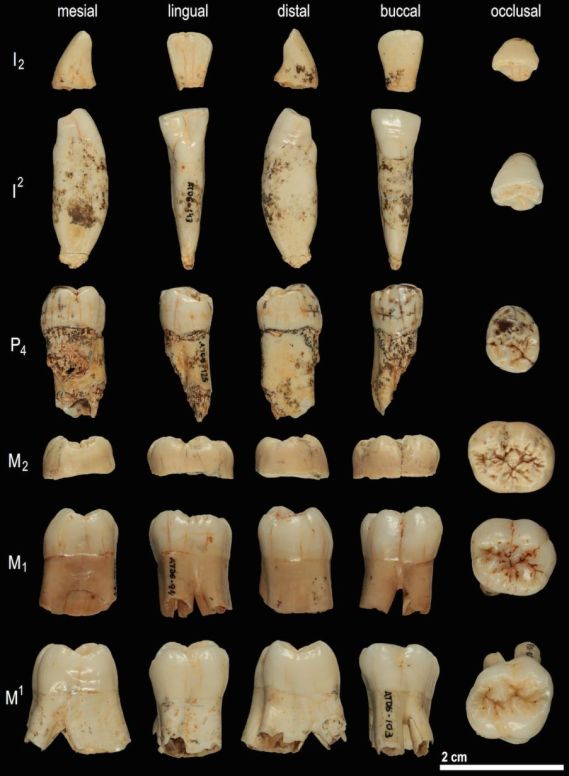 COPENHAGEN, DENMARK—
COPENHAGEN, DENMARK—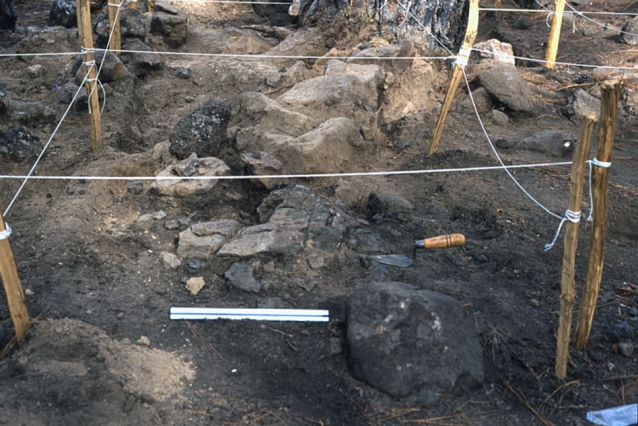 BOSTON, MASSACHUSETTS—According to a statement released by the
BOSTON, MASSACHUSETTS—According to a statement released by the 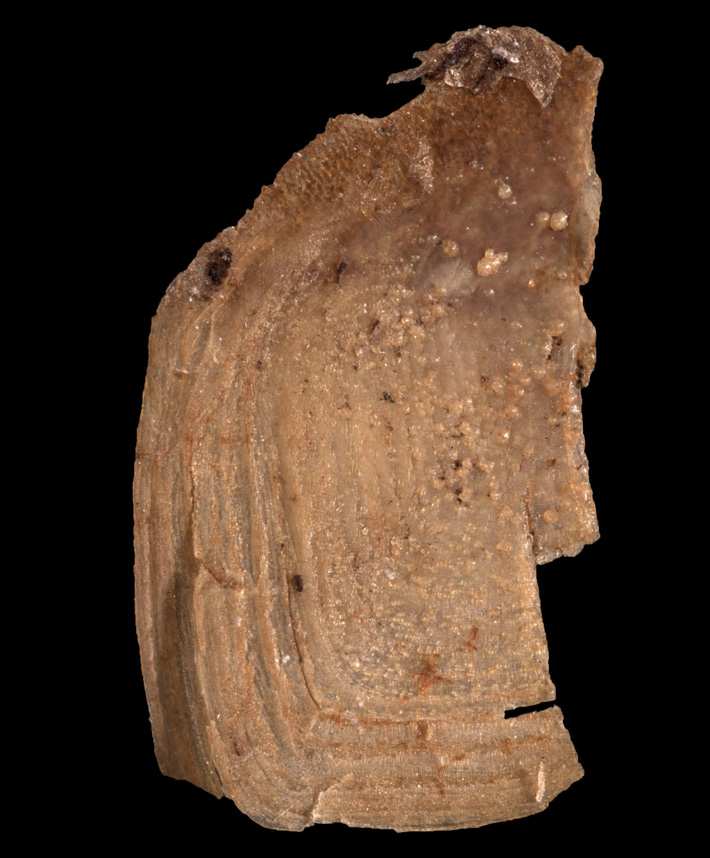 GAINESVILLE, FLORIDA—According to a statement released by the
GAINESVILLE, FLORIDA—According to a statement released by the 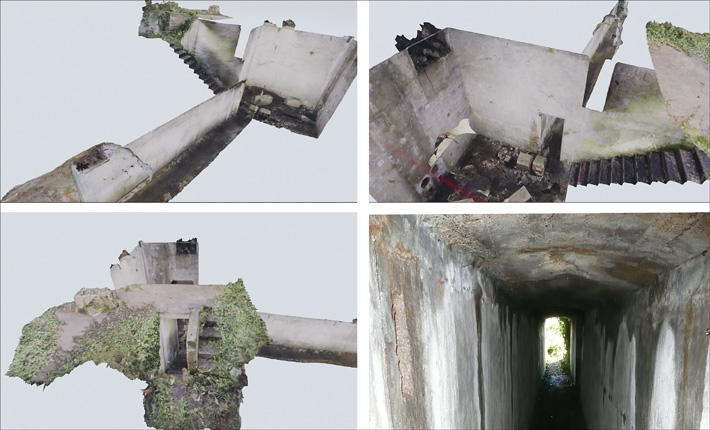 STOKE-ON-TRENT, ENGLAND—According to a
STOKE-ON-TRENT, ENGLAND—According to a 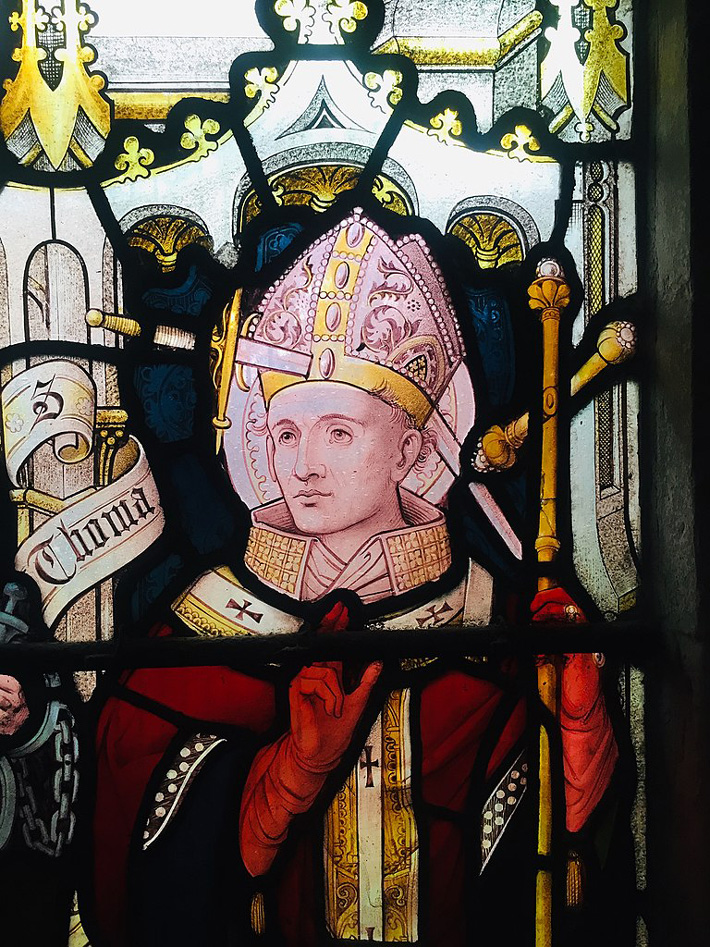 NOTTINGHAM, ENGLAND—Analysis of an ice core from the Colle Gnifetti glacier in the Swiss-Italian Alps by Christopher Loveluck of Nottingham University and his colleagues suggests that a spike in the amount of lead in the air can be linked to the late twelfth-century death of Thomas Becket, the Archbishop of Canterbury, according to a
NOTTINGHAM, ENGLAND—Analysis of an ice core from the Colle Gnifetti glacier in the Swiss-Italian Alps by Christopher Loveluck of Nottingham University and his colleagues suggests that a spike in the amount of lead in the air can be linked to the late twelfth-century death of Thomas Becket, the Archbishop of Canterbury, according to a 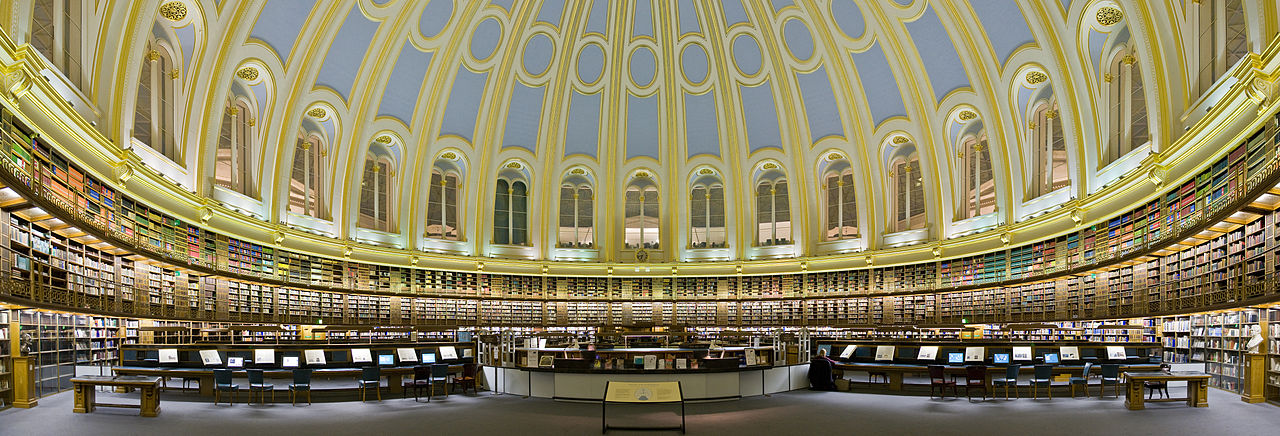
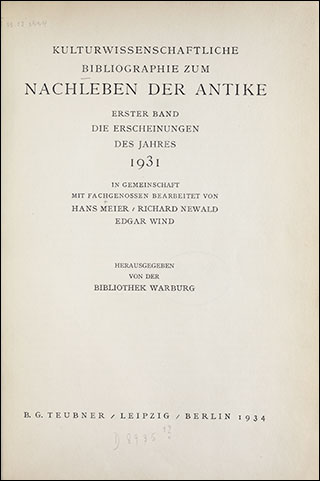
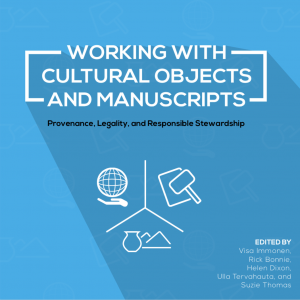





 via Khmer Times, 02 April 2020: As expected, tourism in Angkor is particularly hit due to the effects of Covid-19, seeing a 50-60% drop in tourists this past quarter.
via Khmer Times, 02 April 2020: As expected, tourism in Angkor is particularly hit due to the effects of Covid-19, seeing a 50-60% drop in tourists this past quarter. via Archaeological Research in Asia, 18 March 2020: A new paper reports the discovery of hand stencils in East Timor, distinct from other rock art found at the island, and suggests that they may be of Pleistocene age.
via Archaeological Research in Asia, 18 March 2020: A new paper reports the discovery of hand stencils in East Timor, distinct from other rock art found at the island, and suggests that they may be of Pleistocene age. via DW, 28 March 2020: Profile of German archaeologist Mai Lin Tjoa-Bonatz, who researches Indonesia. Article is in Bahasa.
via DW, 28 March 2020: Profile of German archaeologist Mai Lin Tjoa-Bonatz, who researches Indonesia. Article is in Bahasa. via Khmer Times, 01 April 2020: Fragments of a deity and a giant engaged in the celestial tug-of-war have been found in a canal outside the Gate of the Dead in Angkor Thom.
via Khmer Times, 01 April 2020: Fragments of a deity and a giant engaged in the celestial tug-of-war have been found in a canal outside the Gate of the Dead in Angkor Thom.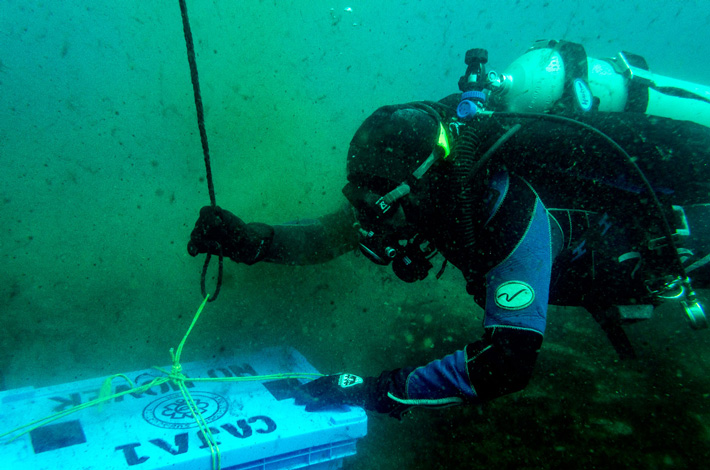 TOLUCA, MEXICO—According to a report in
TOLUCA, MEXICO—According to a report in  via South China Morning Post, 31 March 2020: The discovery of a carved Buddha on the hills of Cambodia's Pursat province raise hope for tourism potential.
via South China Morning Post, 31 March 2020: The discovery of a carved Buddha on the hills of Cambodia's Pursat province raise hope for tourism potential.



